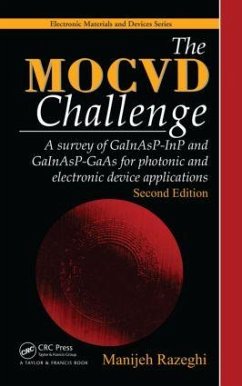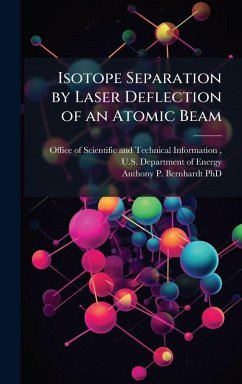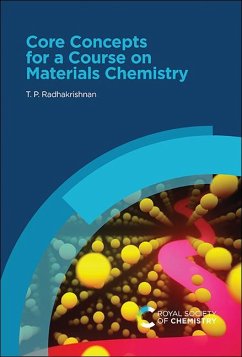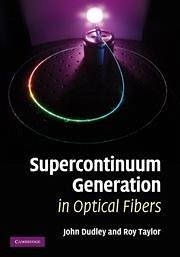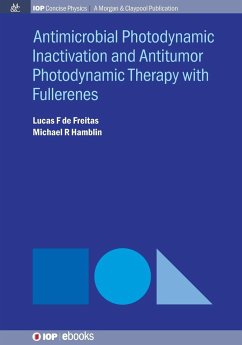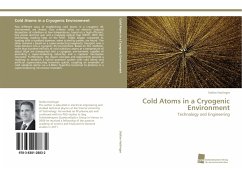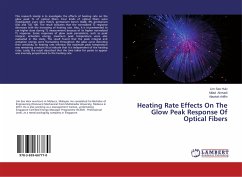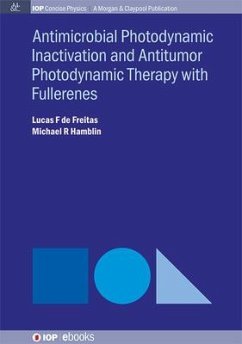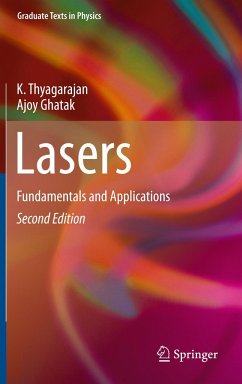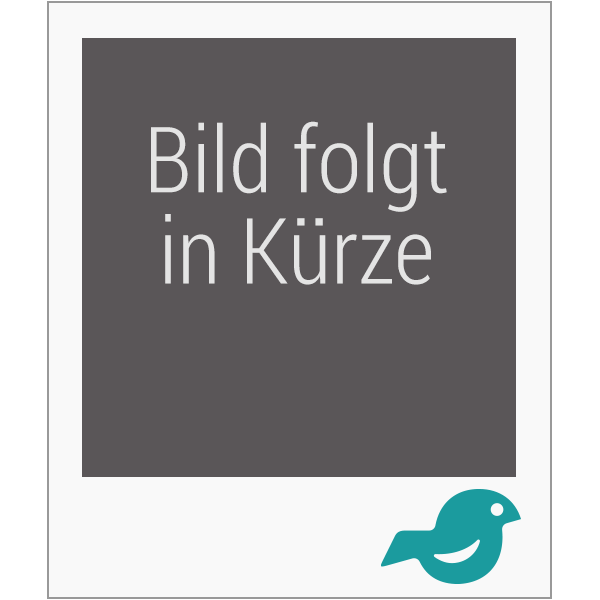
Diffusion of Rubidium Vapor Through Hollow-Core Fibers for Gas-Phase Fiber Lasers
Versandkostenfrei!
Versandfertig in über 4 Wochen
28,99 €
inkl. MwSt.
Weitere Ausgaben:

PAYBACK Punkte
14 °P sammeln!
This work examines the diffusion of rubidium through a small diameter tube alone and in the presence of noble gases. A fluid dynamics analysis is investigated to aid in choosing a method for transferring atomic rubidium vapor that is reliable and efficient. Solutions to the time dependant ordinary differential equation describing the experimental flow properties of the system reveal more precise outcomes than previously practiced routines. Resolved viscosities and Poiseuille flow theory velocity profile distributions are characterized for noble gas carriers of the rubidium vapor. Applying Reyn...
This work examines the diffusion of rubidium through a small diameter tube alone and in the presence of noble gases. A fluid dynamics analysis is investigated to aid in choosing a method for transferring atomic rubidium vapor that is reliable and efficient. Solutions to the time dependant ordinary differential equation describing the experimental flow properties of the system reveal more precise outcomes than previously practiced routines. Resolved viscosities and Poiseuille flow theory velocity profile distributions are characterized for noble gas carriers of the rubidium vapor. Applying Reynolds Numbers to the flow experiments provides pressure differential boundaries that are employed in the successful rubidium vapor transfer process. Atomic spectroscopy is demonstrated through the use of a rubidium D1 resonate diode laser to record an absorption spectrum and extract alkali vapor densities that successfully propagated through a 12 cm long capillary tube with a 500 ?m inner diameter. This work has been selected by scholars as being culturally important, and is part of the knowledge base of civilization as we know it. This work was reproduced from the original artifact, and remains as true to the original work as possible. Therefore, you will see the original copyright references, library stamps (as most of these works have been housed in our most important libraries around the world), and other notations in the work. This work is in the public domain in the United States of America, and possibly other nations. Within the United States, you may freely copy and distribute this work, as no entity (individual or corporate) has a copyright on the body of the work. As a reproduction of a historical artifact, this work may contain missing or blurred pages, poor pictures, errant marks, etc. Scholars believe, and we concur, that this work is important enough to be preserved, reproduced, and made generally available to the public. We appreciate your support of the preservation process, and thank you for being an important part of keeping this knowledge alive and relevant.



